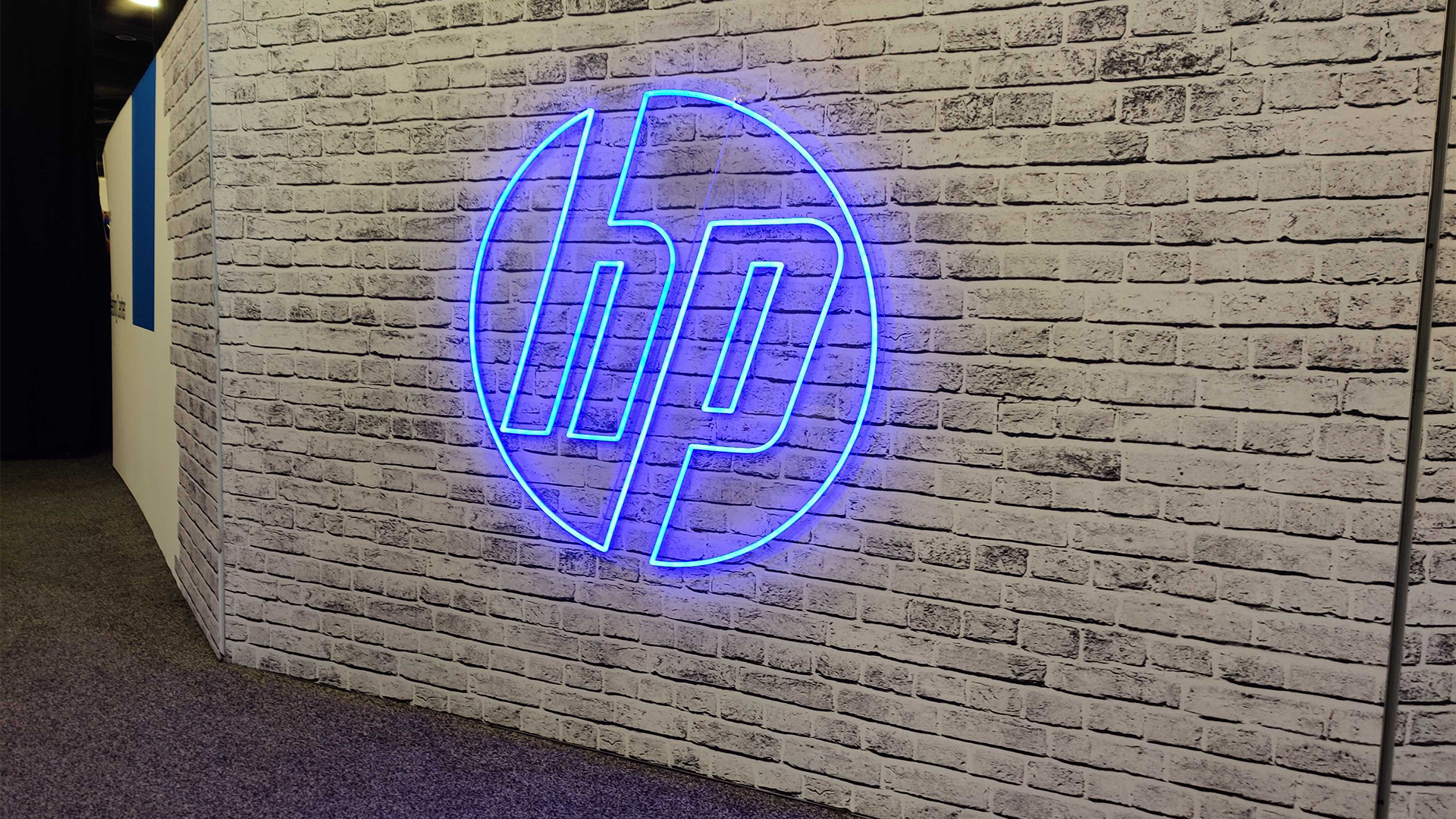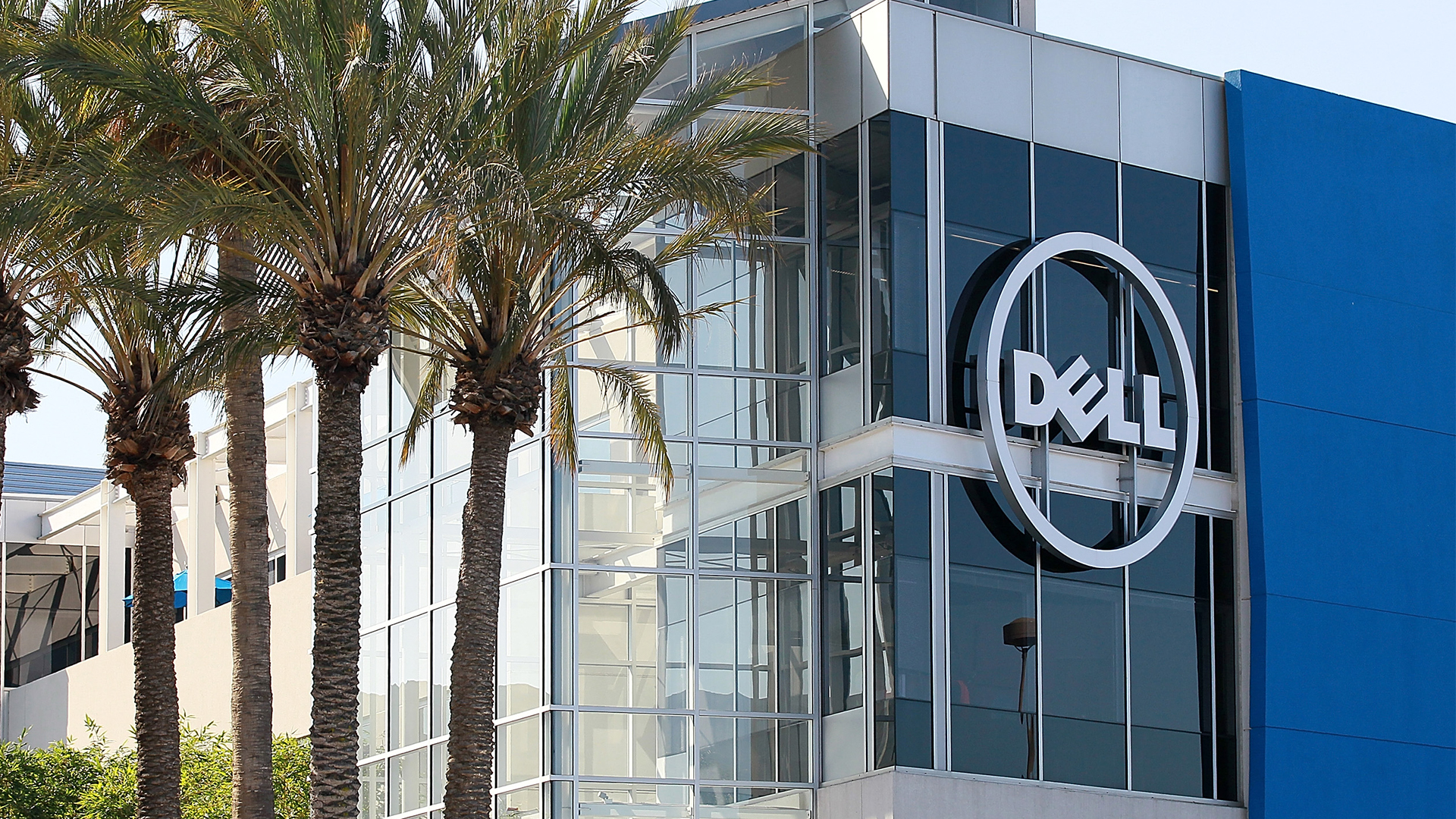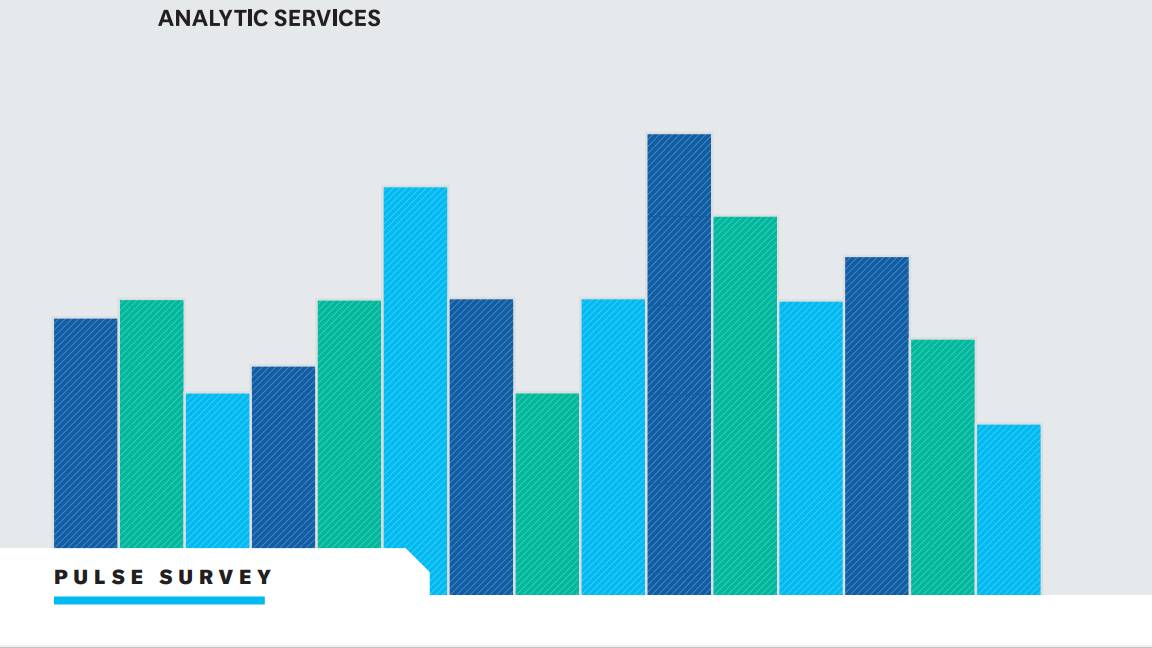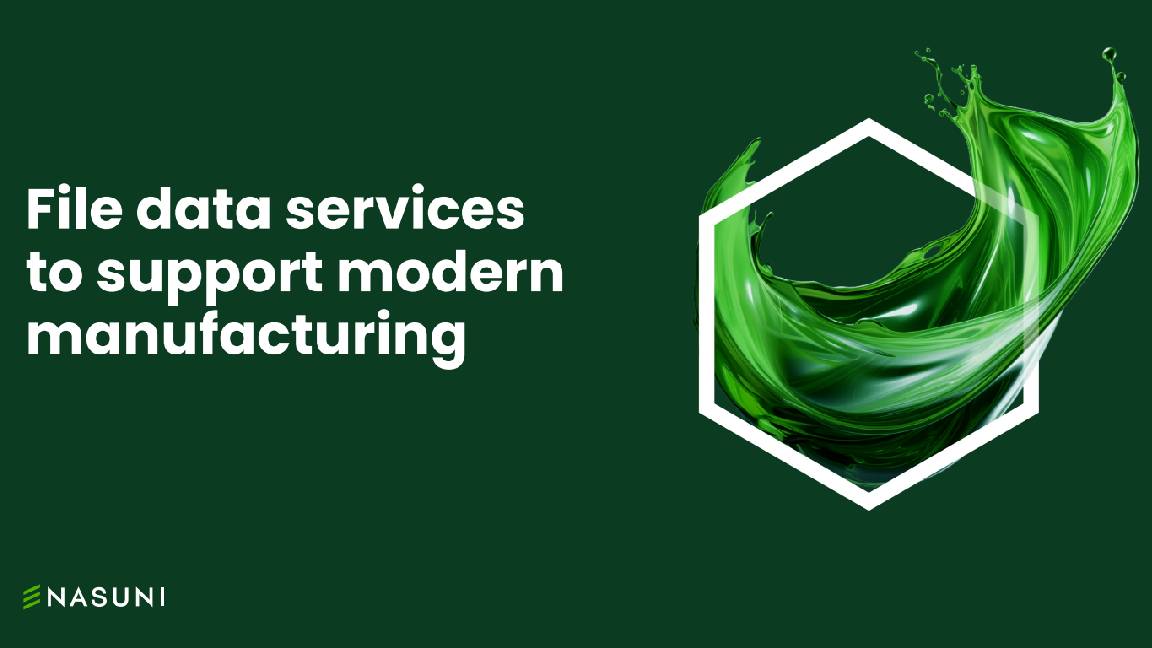Pay up front or lease your IT?
How subscribing to your devices as a service can save your company money

We live in a culture where ownership is considered to be the pinnacle of achievement. We all aim to own houses, cars, and the best material items the market has to offer. The same ethos prevails in business, too, where owning the equipment used by your company seems like the best strategic plan. This is, after all, part of the capital used to provide the business's income, and ownership equals control. But this strategy may not be the most cost effective one where computing equipment is concerned. In this feature, we look at the alternative options and explain how they could save both money and support complexity for your business.
Whilst owning a piece of equipment with a long lifespan makes a lot of sense, such as a piece of plant machinery like a crane or a pickup truck, the same cannot be said of computers, printers, and other IT equipment. The problem with all these types of kit is that they can be very complicated, and not only can they become outmoded after a relatively short period of time, but they also require constant attention to keep software up-to-date. When different pieces of equipment are purchased from different vendors, support will require relationships with multiple companies, and problems could end up being bounced between them until the fault is pinpointed. It may even have been necessary to take out a loan to buy the equipment in the first place, so from a financial perspective it is already being paid for on an ongoing basis.
This is where a subscription model could well be more cost effective and efficient, although the appropriate type of subscription will vary depending on the size of your business and its type. For small to medium enterprises, a service like HP's Subscription makes the most sense. This is essentially the "device as a service" model, mirroring the software as a service provided by cloud and virtualisation technology. For a basic laptop, prices can be as low as 25 per user per month. Over a two-year period, with service contract and damage protection insurance, the cost works out cheaper than purchasing the laptop outright, and at the end of the contract the laptop can be upgraded and replaced with the latest model. This sidesteps the whole issue of managing obsolescence, and the ongoing costs of trying to keep old hardware running because it cost so much to buy in the first place, or your company is still paying off the associated loan.
If you add HP TouchPoint Manager alongside HP Subscription, your existing hardware can be covered. HP TouchPoint Manager is a cloud-based service aimed at Bring Your Own Device (BYOD), and can even provide support for non-HP hardware, so long as it runs Microsoft, Apple or Android operating systems. So there's no need to switch existing equipment to HP Subscription hardware until it needs to be replaced. The HP Subscription is part of a family of services, and additional options can be added, such as the outsourced Helpdesk and Next Business Day Onsite support, so you won't need to have an extensive in-house team. The Tracking and Recovery Service allows data to be recovered or deleted remotely, and mobile devices tracked. Accidental Damage Protection covers devices in case of unexpected disaster.
Your company might be lucky, and have an in-house IT manager who really knows what they're doing (and good luck holding onto such a person if you do). But outsourcing most of your support via HP Subscription provides the benefits of scale. With HP supporting over 500,000 mobile devices globally, across more than 5.4 million users in over 135 countries, and with 1,000 software vendor relationships, the service package that comes with HP Subscription will be able to provide expert knowledge far beyond what any local IT administrator could offer. The appropriate specialised support engineer can be found instead of relying on a jack-of-all-trades. The HP Helpdesk service is available 6 days a week, Mon Friday 8.30 6pm and Saturday 10am to 4pm (or 24 hours a day, 7 days a week, if required), so you won't need to fit your support needs into the hours of in-house staff, or expect them to work overtime.
For larger companies, on the other hand, there's HP's Personal Systems Managed Services (PSMS) instead. This is a complete end-to-end provision, allowing the business to focus on its core activities and leave the IT management to HP. The PSMS provision takes a company through the complete IT lifecycle, from business planning, to procurement, imaging and staging of software rollout, then onto deployment. During the life of the equipment, on-site service and support will be provided, including hardware maintenance and the full "install move add change dispose" (IMACD) process. The removal of obsolete hardware will be part of the cycle, with replacement being part of the planning process that kicks off the whole cycle again.
Like the HP Subscription service, PSMS takes advantage of HP's huge breadth of experience when providing support. The service is scalable and modular, with hardware and services provided as a single offering. The IT process can be standardised to reduce the complexity of using a smorgasbord of different vendors, creating economies of scale that also improve deployment speed. The company's staff choose the specifications for systems, and then HP will configure them and deliver them ready to use, asset tagged to protect against loss or theft. Key performance indicators can be set up for devices so they can be monitored, and even fixed remotely if these KPIs are not met. Where HP Subscription mostly focuses on end-user provision, PSMS includes the whole network and print services. There's even the possibility to include third-party devices such as tablets and phones.
With any subscription service, a company does not need to earmark a block of capital upfront, or take out a loan. Although there will be a contracted period of a subscription, usually three years, cash flow will be optimised, as expenses move from capital expenditure to operating budget. The initial outlay usually connected with IT purchasing can be redirected elsewhere, towards maintaining the ongoing business. Your business can regain the time and management energy that was previous spent simply maintaining the IT infrastructure necessary for day-to-day operations. That can only be good for remaining competitive in these difficult economic times.
Get the ITPro daily newsletter
Sign up today and you will receive a free copy of our Future Focus 2025 report - the leading guidance on AI, cybersecurity and other IT challenges as per 700+ senior executives
ITPro is a global business technology website providing the latest news, analysis, and business insight for IT decision-makers. Whether it's cyber security, cloud computing, IT infrastructure, or business strategy, we aim to equip leaders with the data they need to make informed IT investments.
For regular updates delivered to your inbox and social feeds, be sure to sign up to our daily newsletter and follow on us LinkedIn and Twitter.
-
 AI is helping bad bots take over the internet
AI is helping bad bots take over the internetNews Automated bot traffic has surpassed human activity for the first time in a decade, according to Imperva
By Bobby Hellard
-
 Two years on from its Series B round, Hack the Box is targeting further growth
Two years on from its Series B round, Hack the Box is targeting further growthNews Hack the Box has grown significantly in the last two years, and it shows no signs of slowing down
By Ross Kelly
-
 HP’s sustainability drive is paying off for channel partners
HP’s sustainability drive is paying off for channel partnersNews Channel partners that bought into HP’s sustainability program saw sales increase as customers react positively
By Solomon Klappholz
-
 ‘We think that selling everything helps the customer’: HP wants to supercharge its partner program to support a new market strategy
‘We think that selling everything helps the customer’: HP wants to supercharge its partner program to support a new market strategyNews HP has enhanced its partner program to encourage channel partners to sell its entire range of products and solutions.
By Solomon Klappholz
-
 Predicts 2024: Sustainability reshapes IT sourcing and procurement
Predicts 2024: Sustainability reshapes IT sourcing and procurementwhitepaper Take the following actions to realize environmental sustainability
By ITPro
-
 Advance sustainability and energy efficiency in the era of GenAI
Advance sustainability and energy efficiency in the era of GenAIwhitepaper Take a future-ready approach with Dell Technologies and Intel
By ITPro
-
 2024 State of procurement report
2024 State of procurement reportWhitepaper The trends shaping the future of business buying
By ITPro
-
 Digital optimisation paves the way to strategic supplier management
Digital optimisation paves the way to strategic supplier managementWhitepaper Procurement’s role as a strategic driver
By ITPro
-
 Bringing order to the file management chaos plaguing AEC firms
Bringing order to the file management chaos plaguing AEC firmswhitepaper How a cloud-based solution, supported by edge technology, helps architecture, engineering, and construction firms boost performance and cut costs
By ITPro
-
 File data services to support modern manufacturing
File data services to support modern manufacturingwhitepaper Smart file data services deliver resilience and intelligence to the modern manufacturing organization
By ITPro
